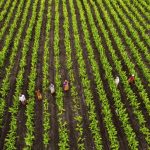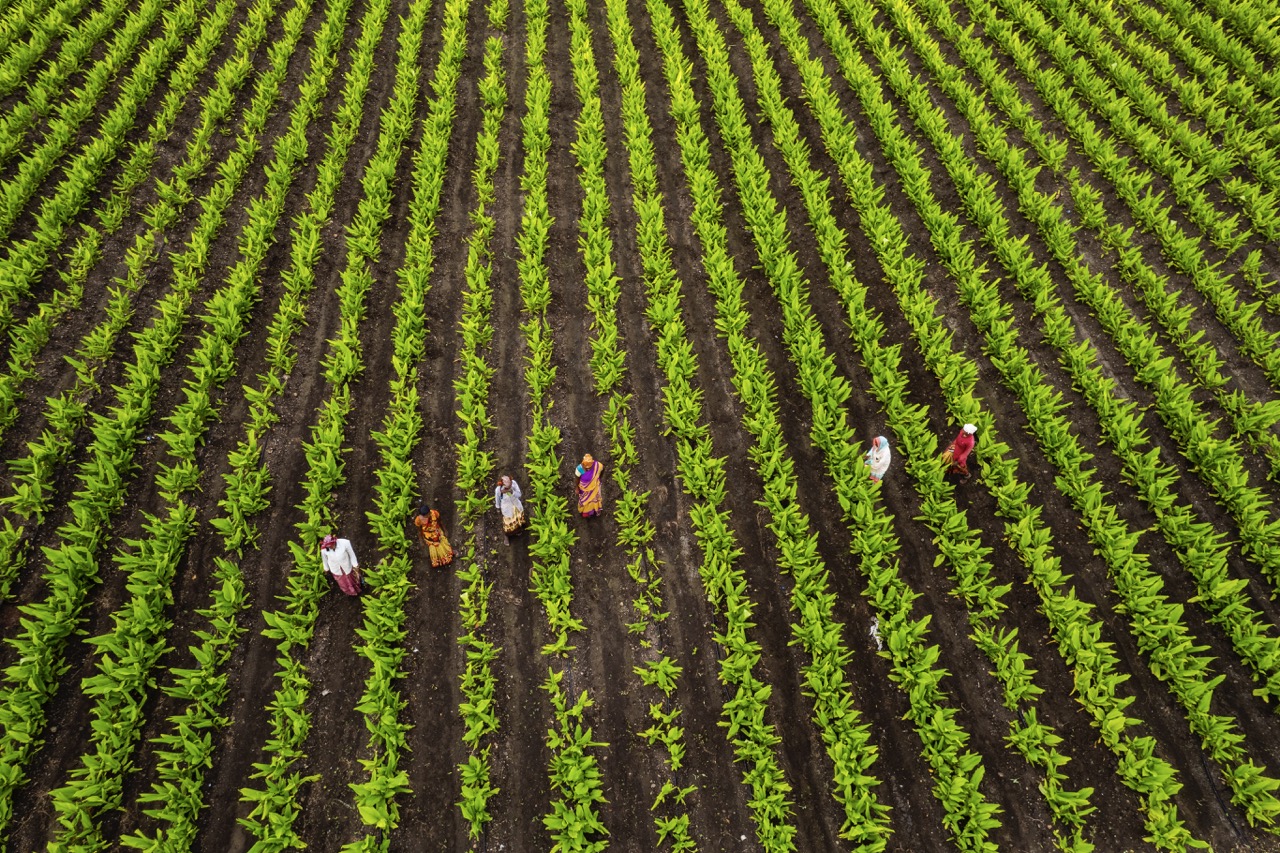In an era marked by climate change and environmental degradation, sustainable practices in agriculture have moved to the forefront of farming strategies. Farmers are increasingly recognizing the need to balance productivity with ecological stewardship. This article explores various approaches to enhance farm productivity through sustainable methods, ranging from crop rotation to the integration of technology, all while maintaining a commitment to preserving natural resources for future generations.
Understanding Sustainable Practices in Modern Agriculture
Sustainable agriculture encompasses a variety of approaches aimed at meeting current food production needs while ensuring that future generations can do the same. It prioritizes techniques that promote ecological balance, conserve biodiversity, and minimize environmental impact. From reducing chemical inputs to improving soil health, sustainable practices are designed to create a self-sustaining ecosystem where farming activities do not deplete resources.
One of the core principles of sustainable farming is the focus on long-term ecological health. Farmers are encouraged to use resources judiciously, ensuring that their practices are not just beneficial in the short term but also viable for the future. This includes a commitment to preserving water quality, reducing greenhouse gas emissions, and enhancing soil fertility through organic practices and the use of renewable resources.
Furthermore, sustainable practices often involve community engagement and awareness. Educating farmers and their communities about sustainable techniques fosters a culture of environmental responsibility and encourages the sharing of knowledge. This collective effort not only improves farm productivity but also strengthens the agricultural community as a whole, ensuring that sustainable agriculture becomes a standard rather than an exception.
Implementing Crop Rotation for Soil Health and Diversity
Crop rotation is a time-tested agricultural practice that involves alternating different crops in a specific sequence on the same land. This method is crucial for maintaining soil health and preventing the depletion of essential nutrients. By rotating crops, farmers can break pest and disease cycles that tend to thrive when the same crop is planted repeatedly, thereby reducing the need for chemical pesticides and fertilizers.
In addition to pest management, crop rotation enhances soil structure and promotes biodiversity. Different crops have varying nutrient requirements and root structures, which can help to improve soil aeration and organic matter content. Leguminous plants, for instance, can fix nitrogen in the soil, enriching it for subsequent crops. The increased microbial activity associated with a diverse plant community also contributes to healthier soil ecosystems.
Moreover, crop rotation can yield economic benefits. By diversifying crop production, farmers can reduce their dependence on a single cash crop, thus mitigating the risks associated with market fluctuations. This adaptability allows farmers to be more resilient in the face of climate variability and changing consumer preferences, ultimately leading to more sustainable farm operations.
Integrating Technology to Optimize Resource Management
The advent of technology in agriculture has opened up new avenues for increasing productivity sustainably. Precision agriculture, which employs advanced tools such as GPS, drones, and data analytics, enables farmers to optimize resource use. By accurately mapping fields and monitoring soil conditions, farmers can apply water, fertilizers, and pesticides more efficiently, reducing waste and environmental impact.
Additionally, technology plays a pivotal role in data collection and analysis, allowing farmers to make informed decisions based on real-time data. For instance, weather forecasting tools can help farmers plan planting and harvesting schedules, while soil moisture sensors can inform irrigation practices. This data-driven approach not only enhances productivity but also fosters a deeper understanding of the farm ecosystem and its needs.
Moreover, integrating technology with sustainable practices can lead to significant cost savings. By reducing input usage through more targeted applications and improving yield forecasts, farmers can operate more efficiently. The economic viability of sustainable farming is strengthened when technology is leveraged to create a productive and environmentally responsible agricultural landscape.
Measuring Success: Metrics for Sustainable Productivity
To assess the effectiveness of sustainable practices, it is essential to establish clear metrics that evaluate productivity and environmental impact. Traditional measures such as yield per acre can be complemented with additional indicators such as soil health, water quality, and biodiversity. These metrics help farmers understand the holistic impact of their practices on the ecosystem.
One effective approach is to use a sustainability scorecard that evaluates multiple dimensions of farming practices, including economic viability, environmental stewardship, and social responsibility. This comprehensive assessment can guide farmers in identifying areas for improvement and making informed decisions about resource allocation. It also facilitates transparency and accountability within the agricultural sector.
Furthermore, collaboration with research institutions and agricultural organizations can enhance the measurement process. By participating in initiatives that focus on sustainable agricultural research, farmers can gain access to best practices and benchmarks. This collaborative approach not only fosters innovation but also contributes to a shared understanding of what constitutes sustainable productivity in modern agriculture.
Increasing farm productivity through sustainable practices is not just a trend; it is a necessity in the face of environmental challenges. By implementing crop rotation, integrating technology, and measuring success through comprehensive metrics, farmers can create a more resilient and productive agricultural system. Embracing these sustainable methods paves the way for a future where agriculture thrives in harmony with nature, ensuring food security without compromising the health of our planet.










